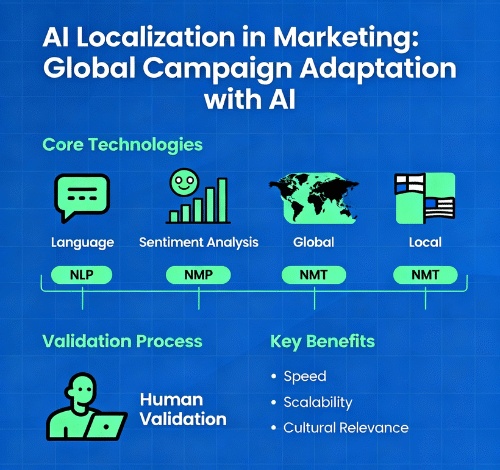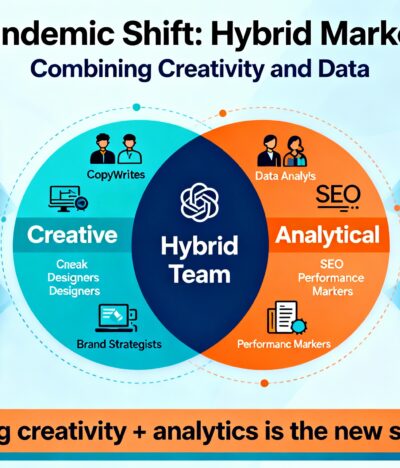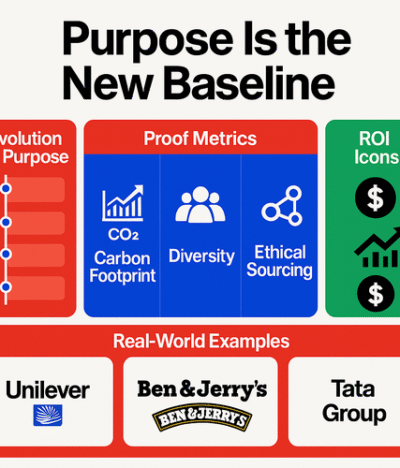Smarter Spending in the Age of AI
Marketing budgets have never been under more scrutiny. With fluctuating ad costs, changing consumer behavior, and unpredictable economic shifts, brands face the constant challenge of spending efficiently while ensuring maximum return on investment.
That’s where predictive ad spend forecasting with AI steps in — merging data science with marketing intuition to help teams make smarter, more proactive decisions.
AI isn’t just automating analytics; it’s transforming how marketers plan, predict, and protect their budgets.
What Is Predictive Ad Spend Forecasting?
At its core, predictive ad spend forecasting uses machine learning models to analyze historical campaign data, market trends, and audience signals to forecast future ad performance.
Unlike traditional forecasting methods that rely on static spreadsheets or manual projections, AI models continuously learn and adapt, providing dynamic insights that evolve with the market.
How It Works
- Data Collection: AI systems gather data from multiple channels — paid search, social media, display ads, and even offline marketing.
- Model Training: Machine learning algorithms detect seasonal patterns, bid fluctuations, and engagement trends.
- Prediction: The model forecasts future ad costs, conversion rates, and revenue potential based on various spend scenarios.
- Optimization: AI recommends budget shifts across platforms for maximum impact and reduced waste.
This predictive layer transforms decision-making from reactive to proactive — empowering marketers to allocate funds with confidence.
The Role of AI in Ad Spend Risk Management
Every marketing decision carries risk — whether it’s overinvesting in a low-performing channel or missing out on high-growth opportunities.
AI doesn’t eliminate risk entirely, but it helps quantify and minimize it through data-backed predictions and scenario simulations.
Key AI Capabilities for Risk Control
- Anomaly Detection: AI identifies irregular performance patterns — like sudden CPC spikes or underperforming creatives — before they impact ROI.
- Budget Reallocation: Algorithms can automatically shift budgets from low-performing campaigns to those showing higher engagement or profitability.
- Market Sensitivity Analysis: Predictive models assess how external variables (like seasonality or competitor bids) could affect campaign outcomes.
- Real-Time Alerts: Marketers receive insights as soon as a campaign deviates from expected benchmarks, reducing financial loss.
In essence, AI transforms risk management from guesswork into a measurable, manageable process.
Why Predictive Ad Spend Forecasting Matters
Traditional ad spend decisions often rely on intuition or delayed data. In contrast, predictive ad spend forecasting gives marketers foresight — allowing them to anticipate changes before they happen.
Key Benefits
- Improved ROI: Allocate budgets toward channels with the highest predicted conversion rates.
- Faster Decision-Making: Real-time analytics allow teams to pivot instantly based on performance signals.
- Cost Efficiency: Reduce budget waste by avoiding overspending on underperforming ads.
- Confidence in Planning: Predictive models provide data-driven justification for budget allocation decisions.
By adopting AI forecasting tools, marketing teams not only optimize spend but also gain a strategic advantage over competitors still relying on manual methods.
Building a Predictive Ad Spend Framework
Implementing AI forecasting successfully requires structure, consistency, and data discipline. Here’s a step-by-step approach to get started:
- Audit Your Data Sources: Ensure your ad platforms, CRM, and analytics tools provide clean, unified data for AI training.
- Define Your KPIs: Establish measurable outcomes like CPA, ROAS, or cost per lead as success metrics.
- Select an AI Model: Choose a predictive analytics platform suited for your scale — from Google’s Performance Max to custom-built models.
- Test and Iterate: Run small-scale experiments before deploying full-scale automated forecasts.
- Monitor Continuously: Keep human oversight active to ensure ethical, bias-free AI recommendations.
When done right, predictive forecasting becomes a feedback loop — each campaign fuels the next with smarter insights.
Real-World Example: Predictive Forecasting in Action
A mid-sized e-commerce brand used predictive ad spend forecasting to optimize its holiday marketing strategy.
By feeding five years of campaign data into an AI model, the brand identified key trends — including peak conversion days and optimal bid timings.
The result? A 22% reduction in wasted ad spend and a 30% increase in ROAS.
AI’s ability to synthesize massive datasets into actionable foresight gave the team the clarity to spend smarter and scale faster.
The Human Element in Predictive AI
While AI handles the data crunching, human marketers remain essential for strategy, creativity, and ethical oversight.
AI can predict outcomes, but humans interpret context — like understanding brand tone, cultural nuance, or creative resonance.
The most effective marketing teams use AI as a co-pilot, not a replacement — blending machine precision with human judgment to achieve both efficiency and authenticity.
The Future of Budget Intelligence
The evolution of predictive ad spend forecasting represents more than a technological upgrade — it’s a mindset shift.
Marketers who embrace AI forecasting are no longer reacting to data; they’re anticipating it.
In a world where every click counts, predictive intelligence isn’t just a competitive edge — it’s the foundation of sustainable growth and smarter risk management.



